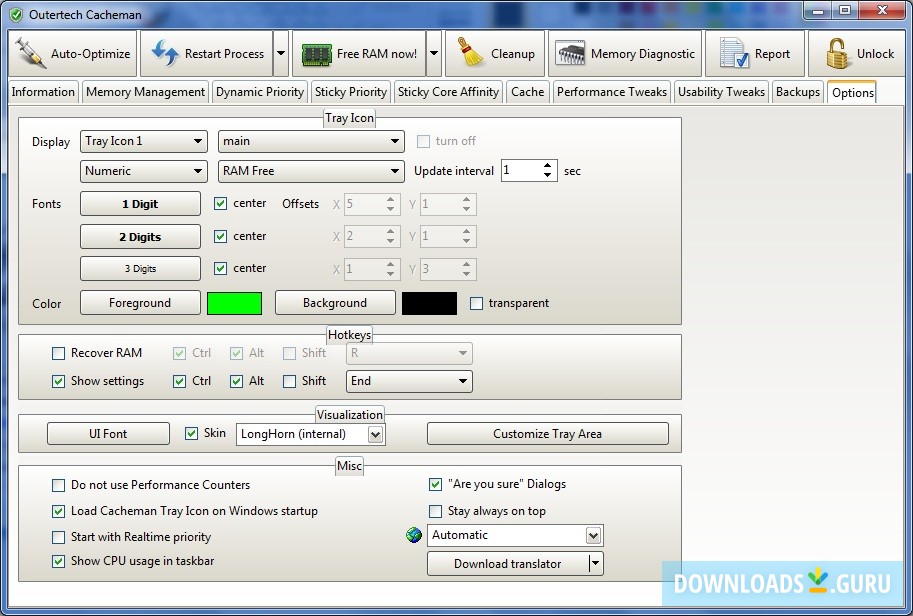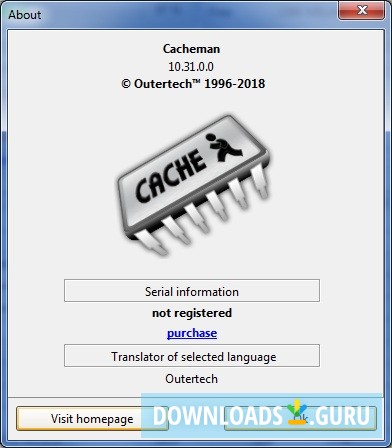

Our online platform, Wiley Online Library () is one of the world’s most extensive multidisciplinary collections of online resources, covering life, health, social and physical sciences, and humanities.PC Services Optimizer (formerly Vista Services Optimizer) was an open source Windows tweaking utility that can improve your Windows Vista and Windows 7 performance and security with a simple mouse click, by tweaking Windows services in an automatic and very safe way according to the way you use your computer and which software you use. With a growing open access offering, Wiley is committed to the widest possible dissemination of and access to the content we publish and supports all sustainable models of access. Wiley has partnerships with many of the world’s leading societies and publishes over 1,500 peer-reviewed journals and 1,500+ new books annually in print and online, as well as databases, major reference works and laboratory protocols in STMS subjects. Wiley has published the works of more than 450 Nobel laureates in all categories: Literature, Economics, Physiology or Medicine, Physics, Chemistry, and Peace. has been a valued source of information and understanding for more than 200 years, helping people around the world meet their needs and fulfill their aspirations.
CACHEMAN ALTERNATES PROFESSIONAL
Our core businesses produce scientific, technical, medical, and scholarly journals, reference works, books, database services, and advertising professional books, subscription products, certification and training services and online applications and education content and services including integrated online teaching and learning resources for undergraduate and graduate students and lifelong learners. Wiley is a global provider of content and content-enabled workflow solutions in areas of scientific, technical, medical, and scholarly research professional development and education. Subsequent redistribution of caches may make them less available to other rodents that locate buried seeds by smell and use area-restricted search to find closely spaced scatterhoards. Initial caching close to food may be adaptive by maximizing harvest rates during flushes of seed production and making seeds unavailable to non-digging competitors (birds and ants). Increased evenness of cache distribution resulted from harvesting and repositioning of extant caches as well as selective placement of new caches. Subjects initially scatterhoarded seeds close to the food source, but distributed caches more evenly among caching compartments as trials progressed. There was a substantial amount of variation among individuals in proportion of seeds that were larderhoarded. Three treatments that differed in the distance between the burrow and food source were used to discriminate among hypotheses (2) through (4).

The hypotheses were that kangaroo rats prefer to (1) larderhoard seeds in burrows, (2) scatterhoard seeds near burrows, (3) scatterhoard seeds away from burrows, (4) scatterhoard seeds near food sources, or (5) make widely spaced scatterhoards. We used a large laboratory arena with an artificial burrow for larderhoarding and four sand-filled compartments for scatterhoarding to test several alternative hypotheses about spatial patterns of food caching.

Merriam's kangaroo rats (Dipodomys merriami) store seeds in burrows (larderhoarding) and in small clumps in shallow holes dug in the soil (scatterhoarding).


 0 kommentar(er)
0 kommentar(er)
